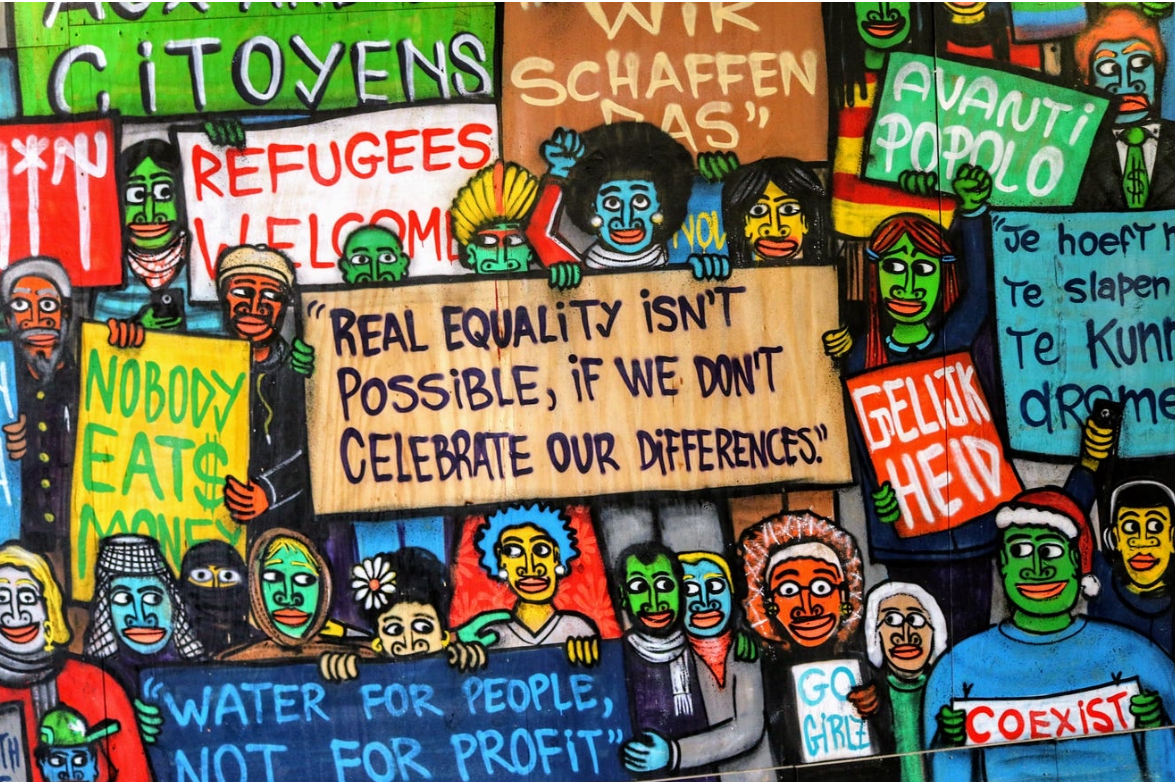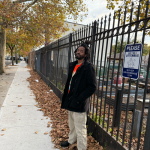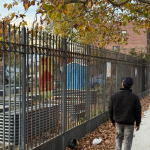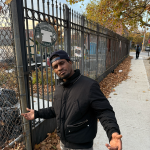How to Stay Calm at Work When a Coworker Acts Like the Boss
Dealing with a coworker who constantly oversteps their role can be frustrating, but staying calm and composed is key to maintaining professionalism. Start by setting

Critical Race Theory (CRT) has become a trending topic in recent news, extending beyond academic circles and sparking debates about education, especially in primary and secondary schools. As a young black male who grew up in New York and later moved to Georgia at 16, I have had some personal experience with this issue.
During my time at North Cobb High School in Georgia, I enjoyed taking Multicultural Literature. However, it wasn’t what we now refer to as Critical Race Theory. I personally have some reservations about the term “Critical Race Theory” as it can suggest that race is always the most significant factor in analyzing society, while other essential factors such as class, gender, and sexuality are sometimes overlooked.
Looking back, I can’t remember taking any other diverse courses in my primary or secondary schools. Even when I attended Bayside High School in New York, I didn’t have any diverse courses at all. It wasn’t until I moved to Georgia, a former Confederate state, that I took Multicultural Literature.
But, I do understand the importance of incorporating diverse perspectives and experiences into education. In some states such as California and Oregon, ethnic studies are mandatory to graduate. Although this varies from Critical Race Theory, it is still a step toward creating a more inclusive and diverse curriculum.
In conclusion, the debate about Critical Race Theory and its inclusion in education is complex, and both sides present valid arguments. However, I believe that integrating diverse perspectives and experiences is vital for a comprehensive education. We must continue the conversation and find a way to move forward that benefits all students.
Furthermore, it’s crucial to note that Critical Race Theory is not being taught to elementary or high school students in the way that some opponents of the theory claim. Instead, it’s primarily discussed and analyzed in higher education settings, such as college and graduate school courses.
However, the debate around CRT in education has brought attention to the lack of diversity and inclusion in the curriculum at all levels of education. By including a variety of perspectives and experiences in the classroom, students are better equipped to understand and navigate the complex and diverse world around them.
It’s also important to recognize that education plays a critical role in shaping our society and our future. By promoting inclusivity and understanding, we can create a more just and equitable society for all. Therefore, while the debate around CRT in education is important, it should not detract from the larger goal of promoting diversity and inclusivity in our schools and society as a whole.
What’s the issue here?
It’s important to note that the pushback against Critical Race Theory in education is not just about the concept itself, but also about the way, it’s being implemented. Some critics argue that CRT is being used to promote a divisive and ideological agenda, rather than an inclusive and educational one.
For example, some parents have expressed concern about the use of CRT in K-12 classrooms, where they believe it may be used to teach young children about racial injustices and inequalities in a way that is overly simplistic or even divisive. Additionally, some have argued that CRT promotes a victim mentality and teaches children to view the world through the lens of race, rather than as individuals.
On the other hand, proponents of CRT argue that it’s important to acknowledge and address systemic racism and inequalities, even at a young age. They believe that by discussing these issues openly and honestly, we can create a more just and equitable society.
At the end of the day, the debate about Critical Race Theory and its place in education is not a simple one. It’s important to listen to all perspectives and engage in a thoughtful and respectful dialogue about how best to educate our children about issues of race, inequality, and social justice. With an open mind and a willingness to learn and grow, we can work together to create a more inclusive and just society for all.
So what’s a solution?
One potential solution to this issue is to find a way to integrate diverse perspectives and experiences into all subjects, rather than creating separate courses or programs. For example, history classes could focus not just on the dominant narrative of white America, but also on the experiences and contributions of people of color throughout history. Literature classes could include works by a diverse range of authors, rather than just focusing on the classics.
However, this type of integration requires more than just adding a few texts or lessons here and there. It requires a fundamental shift in the way we approach education, including curriculum development, teacher training, and hiring practices. It also requires a recognition of the systemic issues that contribute to inequality in education, including unequal funding and resources for schools in marginalized communities.
Ultimately, the inclusion of diverse perspectives and experiences in education is not just a matter of representation or political correctness. It’s about providing all students with a well-rounded education that prepares them for the diverse world they will encounter outside of school. It’s about promoting empathy, understanding, and a sense of shared humanity, rather than perpetuating division and inequality. And it’s about ensuring that all students have the opportunity to succeed, regardless of their background or identity.
While some critics argue that teaching CRT promotes a divisive and negative view of society, proponents of CRT argue that it is necessary to address systemic inequalities and biases that still exist in our society today. It’s important to acknowledge that CRT is not an attack on any specific group or individual, but rather a framework for examining the ways in which race and racism intersect with other social identities and institutions.
One potential benefit of incorporating CRT into education is that it can help students develop critical thinking skills and a deeper understanding of the world around them. By examining history, literature, and current events through a critical race lens, students can learn to analyze and challenge systems of oppression and inequality.
In the end, the debate about CRT in education is complex and ongoing. As a society, we must continue to have open and honest conversations about the role of race and racism in shaping our institutions and our communities. And as educators, we must strive to create inclusive and diverse learning environments that empower all students to succeed.
Dealing with a coworker who constantly oversteps their role can be frustrating, but staying calm and composed is key to maintaining professionalism. Start by setting
Let’s get real about our YouTube series “Unorthodox” – specifically our first episode of WAKEUP WHIFF. Four editors later, and here we are. The Editor

By Yishay Stewart-Mitchell(Wax) As a passionate cultivator of medicinal plants, I’ve found that some of the most potent remedies come from unexpected places. Two stars
Feel free to contact us if you have any issues with a order or anything else.




